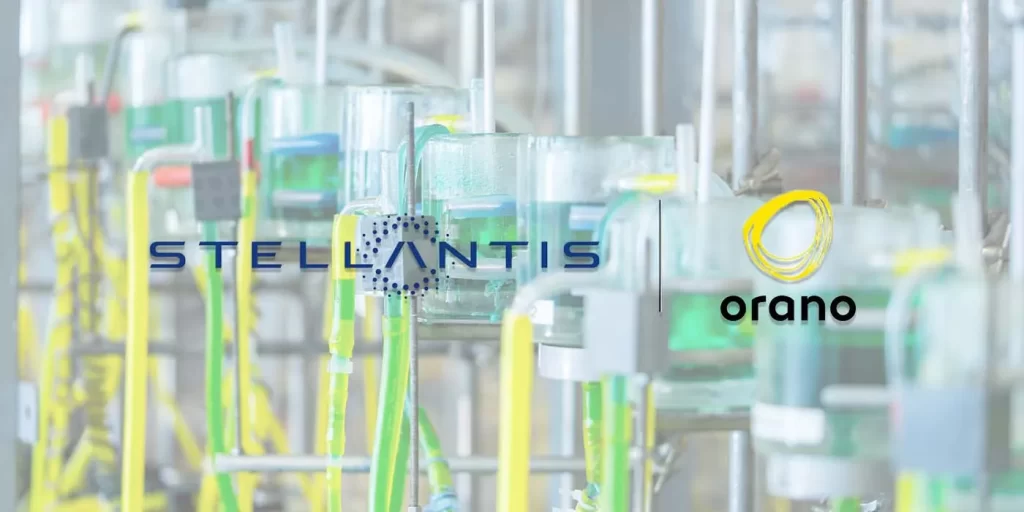
Stellantis announced it has signed a memorandum of understanding (MOU) with hydrometallurgical metal recovery expert Orano, to establish a joint venture focused on recycling end-of-life EV batteries and production waste materials from its plants around the world.
Stellantis remains a globally recognized automotive conglomerate with several marques under its umbrella that are now transitioning into EVs. As a larger automaker, Stellantis has delved into adjacent and emerging technologies as well, including EV battery production, a new fast charging network in North America, and has even invested in eVTOL startups like Archer Aviation.
Stellantis is currently chasing a goal to reach complete carbon neutrality by 2038 as part of its Dare Forward 2030 strategy, in which 50% of US vehicle sales and 100% of European sales are to be BEVs by the end of the decade. Part of that process includes a previous MOU announced this past June to form a joint venture with Galloo to implement a service for recycling end-of-life vehicles (ELVs) from the Stellantis’ brands, and possibly other automakers.
Today, Stellantis announced that another joint venture is in the works with nuclear material handler Orano, to begin recycling EV battery materials and other production waste.
Stellantis signs MOU with Orano to begin battery recycling
Per Stellantis, both it and Orano and have signed a memorandum of understanding to create the new joint venture, which will focus on the recycling of battery materials from the former’s production facilities in Europe and North America.
Stellantis shared that the recycling will be based upon a low-carbon process developed by Orano, which not only enables the recovery of all the components within end-of-life lithium-ion batteries, but also supports the manufacturing of new materials for battery cathodes.
In this instance, the new JV will not only help Stellantis on its way to carbon neutrality, but should result in the acquisition of supplies of precious recycled materials crucial for a circular EV battery chain, including cobalt, nickel, and lithium.
Stellantis states that Orano’s recycling process will also produce materials known as “black mass,” which can eventually be refined and reused in future EV batteries once Orano’s planned hydrometallurgical site is complete in Dunkirk, France. Per Orano Group’s director of Innovation, R&D and nuclear medicine, magnets and batteries, Guillaume Dureau:
We are delighted with this partnership concluded with a major player such as Stellantis and to be able to work together on the recycling of used electric batteries. We are proud to bring our expertise and know-how, with our innovative and disruptive process which allows a true closed loop. Orano continues its commitment to developing a low-carbon economy with the recycling of strategic materials necessary for the energy transition and the circular economy.
In addition to recycling Stellantis’ own battery materials and production waste, the joint venture partners say they will provide the automaker’s parters and other OEMs with battery recycling services.
If and when approved, Stellantis expects its new joint venture to contribute significantly to its circular economy business unit, which is already planning to increase recycling-related turnover by tenfold and generate over $2.1 billion in turnover for the economy.
The JV will use Stellantis’ existing facilities and is expected to begin operations in 2026.